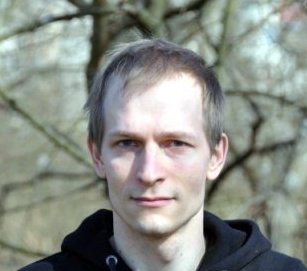After lots of yoga workshops this summer, I have started to realize that anatomy is something you will not learn just from taking yoga classes. Just the basic knowledge of the 206 bones in our body, the muscles to move them around, the cardiac and smooth muscles, the connective tissue, the lungs and different modes of breathing, the reflexes… I need to spend some serious study time on this!
To my great satisfaction, I’ve found several nice books and tools to assist my hard working hippocampus.
For the names of bones, muscles and ligaments I’m using Netter’s Musculoskeletal Flash Cards. I realize of course that it will be a different thing to identify it all on real bodies, but at least it is a good start.
H. David Coulter’s Anatomy for Hatha Yoga is a well-known best-seller with a scientific approach, where you are guided through the bodily functions that are of special interest for Hatha Yoga. I thought it would be more of a reference where you could look up specific details, but it turns out that you can very well enjoy reading through the whole book, and there's lots of practical exercises.
Anatomy of Movement by Blandine Calais-Germain is even more accessible though, rich with illustrations and straight to the point in captions and the few paragraphs of text. Probably very much used by both yoga and dance instructors. I know that there is a supplemetary book with exercises, but I do not have it (yet).
My friend Ellinor recently studied anatomy with yin yoga instructor Paul Grilley. She borrowed me his Anatomy for Yoga DVD, where he shows in a very pedagogical way the consequences of natural variations between the bodies of different yoga students. If it is compression rather than tension that stops you from going deeper into a pose, it will not matter how much you effort you put into it: your particular body is not built to go there.
For the fun of it, I also got The Anatomy Coloring Book by Wynn Kapit and Lawrence M. Elson. Using a set of 20 coloured pencils, I am hoping to employ a large variety of circuits in my brain to learn more.
Finally, for inspiration, I also got a poster of the muscular system, which is now on display in my living room. The only other decoration I have on the walls of this room is a huge Anusara Yoga syllabus poster - when I bought that one someone actually told me that she also wanted one, but could not find anywhere in her apartment to have it: “… ‘cause you can’t really have that in your living room”. I guess you actually can, and I cannot wait until the bookstore gets a new delivery of posters of the skeletal system!
















































